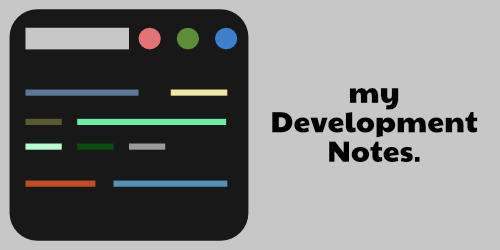JavaScript is a very dynamic and versatile programming language that has revolutionised the web development process. It was created by Brendan Eich in 1995. JavaScript adds interactivity to a website by providing ways to manipulate Document Object Model (DOM) in web browsers. Over a period JavaScript has evolved into a full fledged programming language that is used in front-end development, back-end development, desktop and mobile apps, Internet of things and even in cyber security. Aspiring developers often get overwhelmed by the endless concepts and functionality of JavaScript.
In this article, we’ll look at the essential foundational concepts which you should start with to embark upon your journey as a beginner :
Table of Contents
Variables and Data Types
These are the fundamental concepts you should begin with. In JavaScript, variables serve as containers for storing data, while data types determine the kind of data that can be stored in those variables.
Variables can be declared using three keywords – var, let and const depending upon the situation.
The primary data types in JavaScript are numbers, string, booleans, arrays, objects, functions, null and undefined.
Functions
Functions are the building blocks of JavaScript which allows developers to create reusable and modular code. Make sure to thoroughly learn the concepts of functional programming before moving on to something else. You should be familiar with the concepts of function declaration, function expressions, regular and arrow functions and higher-order functions.
Loops and Conditional Statements
Loops are used to perform repetitive tasks in JavaScript. Loops are control structures that allow developers to execute a block of code until a certain condition is fulfilled. We have for loop, while loop and do-while loop.
Then we have conditional statements which are specific blocks of code based on certain conditions. The most common conditional statements in JavaScript are if, else if and else statements. There’s also nested conditional statements which are nothing but conditional statements nested inside each other. These are more complex pieces of code written to handle complex tasks.
Objects and Arrays
Objects and arrays are two of the most essential data structures in JavaScript. Objects allow developers to organise and store related data together in key-value pairs making them ideal for representing complex entities and data models. You’ll need to learn object literals and object constructors which are the primary ways in which you can create objects.
Arrays, on the other hand, provide a way to store ordered collections of elements, offering various methods to manipulate and work with a given set of data effectively. You’ll need to learn the ways to create arrays and the different types of array methods available.
DOM Manipulation
DOM (Document Object Model) Manipulation is the first step where the real-world training begins. It empowers developers to access, modify, and create elements on a web page, allowing for interactive and dynamic user experiences. You’ll need to master the techniques of DOM manipulation so that you’re able to create engaging, responsive and feature rich real-world applications to cater to the needs of the industry you’re working in.
You’ll need to understand the DOM tree, methods to access DOM elements, event handling and rendering content dynamically.
Events and Event Handling
You’ll have to go deeper into DOM manipulation and learn how to trigger and handle events. By attaching event listeners to DOM elements, you can respond to user interactions and actions, enhancing the user experience and creating responsive web apps. There’re numerous events like click, mouseover, keyup, keypress, submit etc.
To handle events you’ll need to attach event listeners to the DOM so that when you click or press a certain button, it performs a certain function.
Asynchronous Programming in JS
Next, you’ll have to learn the concept of asynchronous nature of JavaScript language. These concepts are very important for fetching HTTP requests and pulling data from third party servers. As a beginner you must grasp the concepts of how tasks are performed concurrently without blocking the main execution thread using async functions and callbacks in JavaScript.
ES6 features in JavaScript
This is the new era of JavaScript also known as ECMAScript 2015 which was introduced in the middle of 2015. It has introduced some significant updates and upgrades to the JavaScript language, bringing in a host of new features and improvements. JS has changed significantly since ES6.
Some of the key features which were introduced were Arrow functions, variable declarations using let and const keywords, destructuring, classes, modules, promises and spread operators.
As a student of JavaScript, you’ll need to learn the essential ES6 features and beyond which has helped the language to evolve.
Scopes and Closures
Scope in JavaScript determines the parts of the code that can access a variable or function and places where those variables or functions were defined. Understanding scope is crucial for writing maintainable and bug-free code. As a beginner you must learn the concepts of global and local scopes.
Closures on the other hand are those functions that can access their own scope, the global as well as the local scope. These are difficult to understand but if you’ve arrived this far you shouldn’t have problems understanding scopes and closures.
Handling errors and fixing bugs
At every point in writing code, you’ll come across unexpected crashes, error messages while executing you code or applications not working as expected. So, you should not be frustrated and try to find out the solutions by googling, checking documentations and checking the code you’ve written. If you’ve solid foundations you can master the art of fixing errors through practice and resilience.

